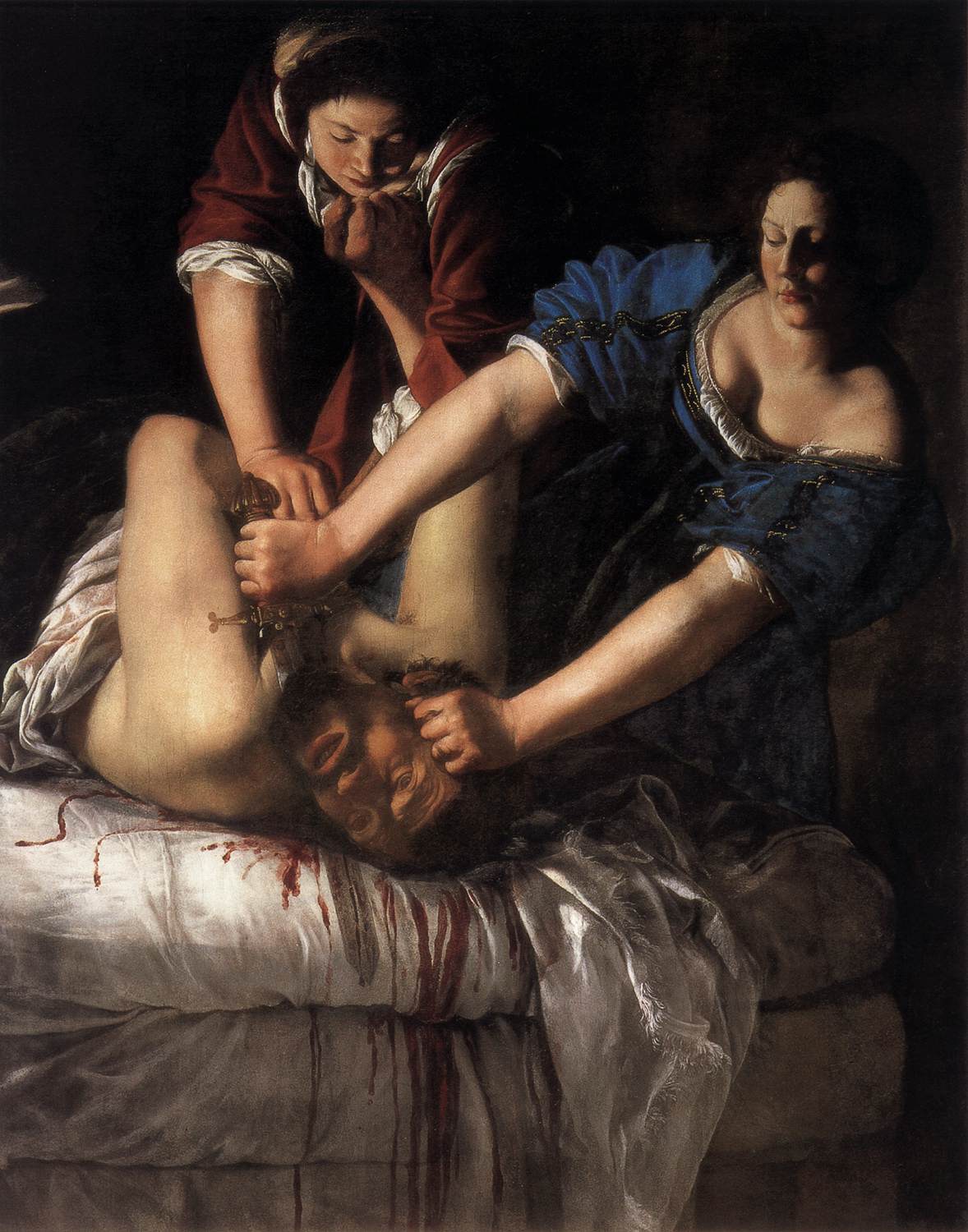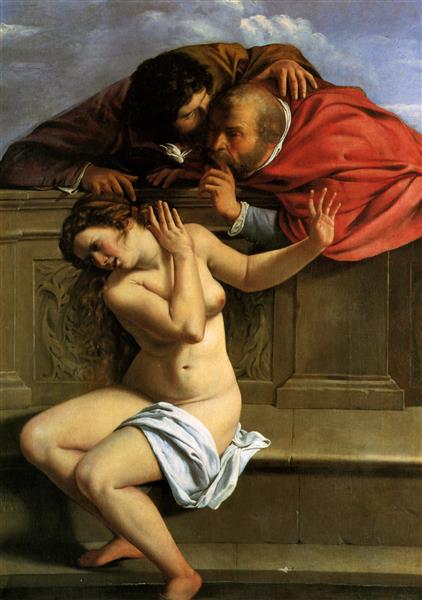-
References
Gallery

Artemisia Gentileschi was an Italian Baroque painter born on July 8, 1593, in Rome, Italy. She was one of the most accomplished painters of her time and one of the first women to achieve recognition in the male-dominated world of art. Gentileschi was born into an artistic family; her father, Orazio Gentileschi, was a well-known painter who trained her in the art of painting. She showed exceptional talent from a young age and quickly developed her own unique style. Despite facing significant obstacles due to her gender, Gentileschi persevered and gained acclaim for her powerful and emotionally charged paintings, often featuring strong and dynamic female characters from history and mythology. Her work is characterized by its dramatic use of light and shadow, as well as its intense psychological depth.

Despite facing significant obstacles due to her gender, Gentileschi persevered and gained acclaim for her powerful and emotionally charged paintings, often featuring strong and dynamic female characters from history and mythology. Her work is characterized by its dramatic use of light and shadow, as well as its intense psychological depth. One of Gentileschi's most famous works is "Judith Slaying Holofernes," a chilling portrayal of the biblical story of Judith beheading the Assyrian general Holofernes. This painting exemplifies her mastery of chiaroscuro and her ability to capture the tension and drama of the moment.

Throughout her career, Gentileschi faced personal and professional challenges, including a highly publicized trial in which she accused a fellow artist of rape. Despite these hardships, she continued to produce extraordinary works of art and cemented her legacy as one of the greatest painters of the Baroque period. Artemisia Gentileschi's contributions to art history have been increasingly recognized and celebrated in recent years, with exhibitions and scholarly works dedicated to her life and work. She remains an enduring symbol of resilience, talent, and female empowerment in the art world.



Oil on canvas (1620 c.)
Oil on canvas (1610 c.)